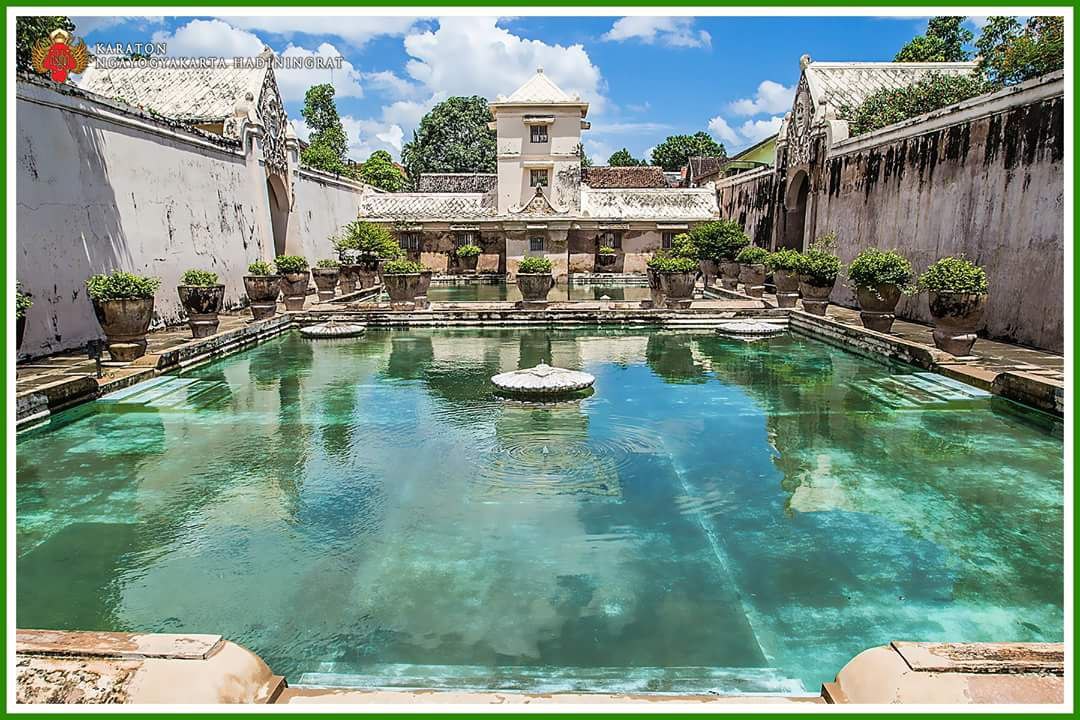News
Tamansari: The Water Castle That Turned Into a Neighborhood Treasure
When people hear the name Tamansari, most immediately think of that famous underground passage often seen on Instagram. But originally, Tamansari was far more than just a photogenic spot. Back in its glory days, it was the royal garden of Sultan Hamengku Buwono I—something like his private resort. Built in 1758, it had pools, artificial islands, water canals, even an underground mosque. Imagine a royal waterpark centuries before the modern version existed.
The name Tamansari literally means “beautiful garden.” And it really was. In the past, the whole place was surrounded by fragrant flowers, shady trees, and artificial lakes that gave a refreshing atmosphere. No wonder the Dutch called it Waterkasteel or the “Water Castle.” Others knew it as The Fragrant Garden. Today, though, the fragrance is often mixed with the smell of fried snacks from nearby stalls.
Its design was unique—a mix of the Sultan’s vision and the technical skills of a Portuguese architect known as Demang Tegis, who was said to have come from Gowa, Sulawesi. Under the leadership of Tumenggung Mangundipuro, later replaced by Prince Notokusumo, this majestic project rose above a natural spring called Umbul Pacethokan. So yes, the water was fresh and natural, not pumped by any city utility.
Tamansari had two large artificial lakes, called segaran. One had an island called Pulo Gedhong in the east, while the other had Pulo Kenanga in the west. The two lakes were connected by a canal flanked by fruit gardens. Imagine the Sultan and his family rowing little boats across the water, then stopping at the islands. Sounds more romantic than a K-drama.
Beyond leisure, Tamansari also served as a defense site and a spiritual retreat. For defense, there were thick walls, bastions for weapon storage, and underground tunnels for escape during attacks. For spirituality, there was Sumur Gumuling, a circular underground mosque, and Pulo Panembung, a secluded island where the Sultan meditated. Entertainment, safety, and contemplation—all in one royal complex.
Unfortunately, the great earthquake of 1867 destroyed much of Tamansari. Since then, the grand garden was abandoned, and locals eventually built houses among the ruins. That’s why today, if you visit Tamansari, you’ll find yourself walking through narrow alleys of residential neighborhoods before reaching the historical site.
Serious restoration efforts only began in 1977. Then came another earthquake in 2006, which caused more damage, though parts were later repaired and reinforced. Now, even though Tamansari is no longer the majestic water castle it once was, its remnants still whisper the grandeur of the past. The tunnels, the pools, the ruins—they stand quietly, telling every visitor: “I was once a king’s garden. Now, I am part of the city’s life.”



